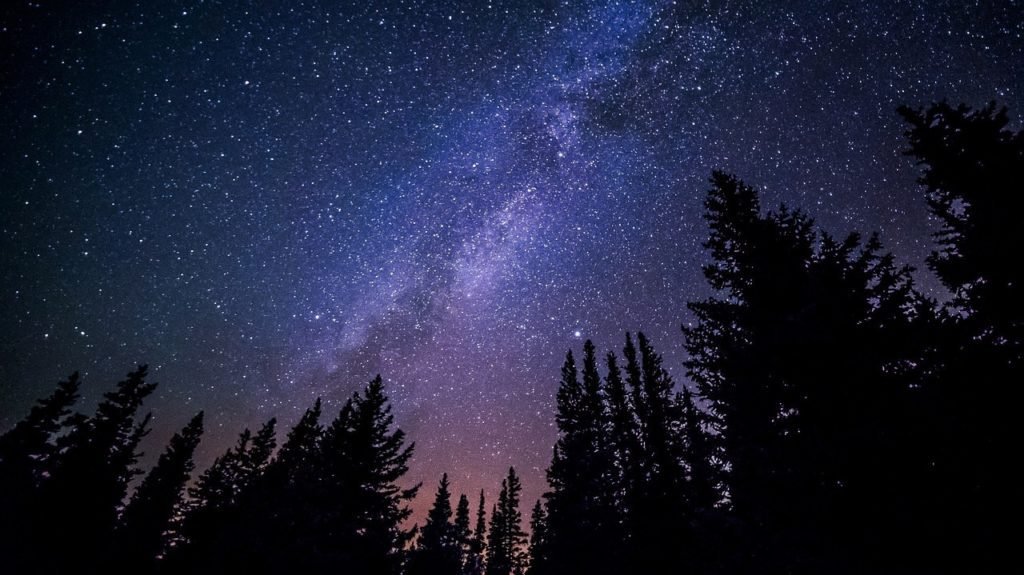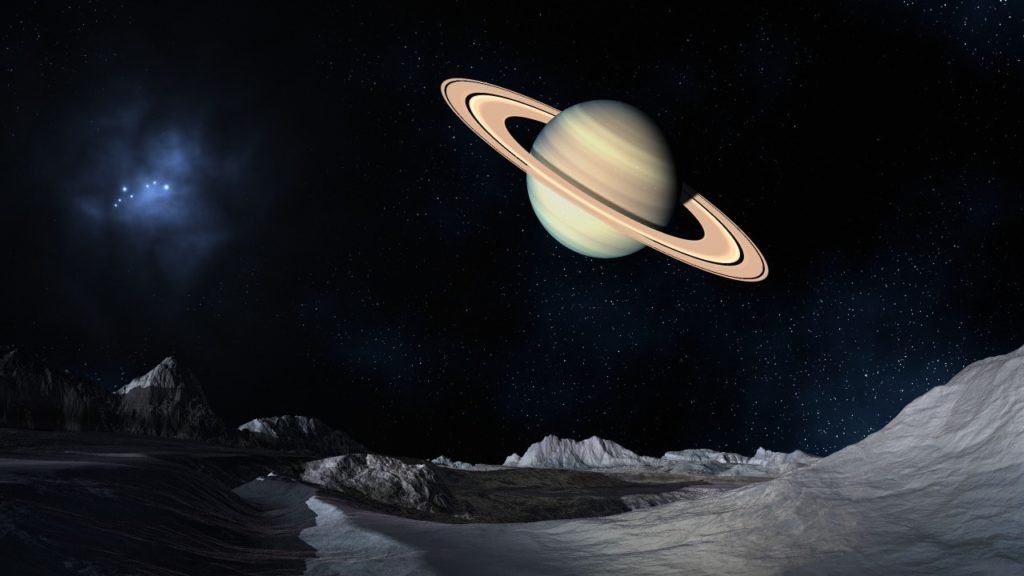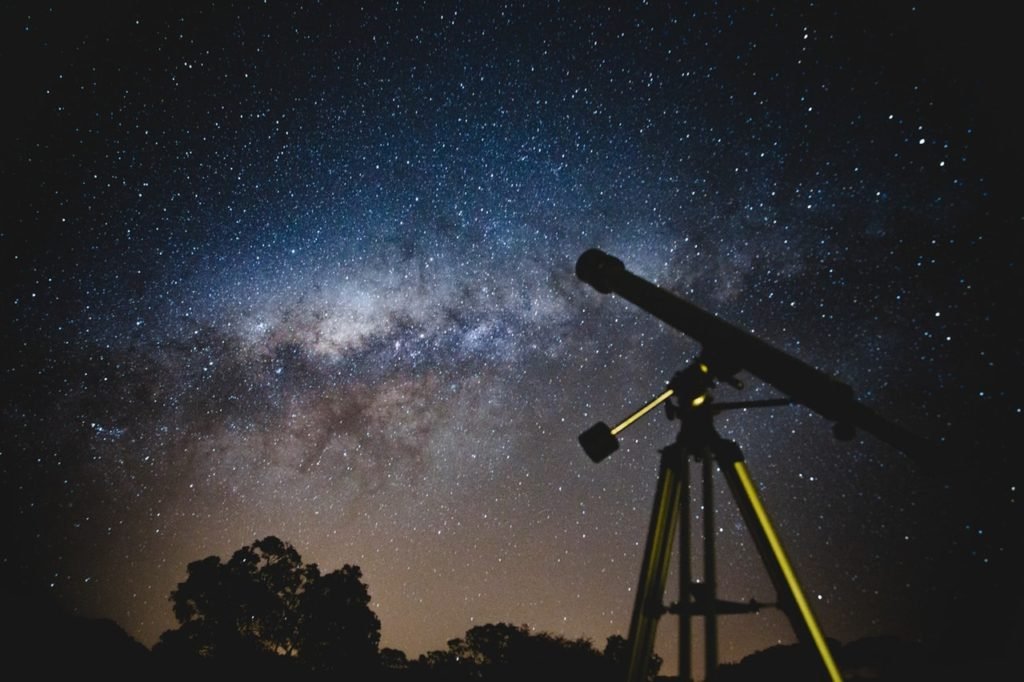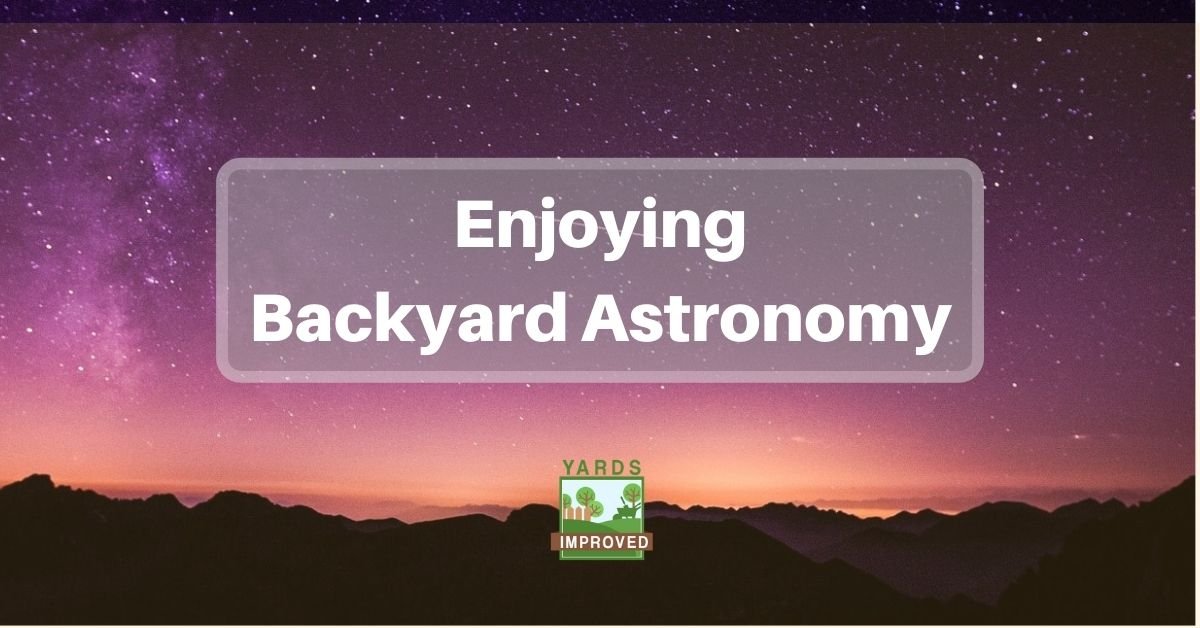Stepping into your backyard can be like entering your own little world. But when you go out back at night, you can literally enjoy the view of other worlds, stars, and even galaxies. Even in places with lots of light pollution, you can see the moon and some stars. You might even get a glimpse of Venus or Mars. A dark and clear night offers an amazing experience just by stepping out the back door.
You don’t need a degree in astronomy or even a lot of equipment to get started. In fact, you can just step outside and look up. You’ll be able to behold wonders in the sky. Even with the naked eye, there’s a lot you can see. It’s also a great way to get your children interested in learning about what’s beyond planet Earth. It’s also a great way to introduce them to the myths of ancient cultures who also looked up and saw the outlines of heroes and monsters in the sky.
Start With The Naked Eye
Even without any special equipment, it’s possible to have an appreciation of the night sky. While light pollution can limit what you can see, there’s still a good bit out there to appreciate.
Of course, the most obvious celestial object at night will be the moon. Did you realize that from Earth, we only ever see one side of it? That’s because of the rate at which it, and the Earth, spin on their respective axes. The mysterious “dark side of the moon” – the side we don’t see – has even inspired the title of a Transformers movie and an album from Pink Floyd.
Looking at the moon, it’s easy to recognize that it’s not a smooth surface. We can see shadows all over it that help us realize it’s covered with hills, valleys, and craters. You can start by trying to learn where the major craters are. They’re called Aristarchus, Copernicus, Kepler, and Tycho, after four great astronomers of history.

One of the most prominent constellations you’ll be able to see on most nights is The Big Dipper. These seven stars form the shape of a large serving spooner (hence “big dipper”). And from there, you can also find the North Star, aka Polaris. It is the last star in the “handle” of the constellation The Little Dipper. The brightest star in the sky, you’ll find it forms a triangle with the two stars at the top of the “dipper” of the Big Dipper.
Orion is another constellation that stands out, although it’s easier to find during the winter. The ancient Greeks imagined it as a great hunter. One of the stars in its belt is actually a star cluster. With a telescope or even binoculars you can see that it’s many stars that, from our perspective, appear nearby to each other.
You may also be able to pick out Venus. Although it’s often called the Morning Star, Venus is a planet and is the second planet from the sun, between Mercury and Earth. Venus is so large that it appears as a bright dot in the sky. Unlike stars, planets don’t seem to “twinkle” because they are nearer and therefore there is less interference. Another way to recognize Venus is that it moves in relation to the other stars.
Binoculars Are Great For Backyard Astronomy
Of course, there’s a lot more to the universe than can be seen with the naked eye. But you don’t need the Hubble Telescope – or any telescope at all – to move to the next level. A simple pair of binoculars will do.
Any binoculars can add enjoyment to your stargazing experience, but if you want to invest in something better, you’ll want a large front lens. This means you can gather more light, and in the dark sky you want to take in as much as possible. Image stabilization is also great although it’s expensive.
You can find a decent pair of binoculars starting at about $50 at a big box store in the hunting section. You can spend up to several hundred dollars, though, for better sets.

The moon is a good place to start. You’ll be better able to see the craters (which are called maria, or seas, because early astronomers thought they were filled with water). You can make out many more details.
You can also turn your gaze to planets. With binoculars, you can find Mercury, Venus, Mars, Saturn, and Jupiter. You’ll even be able to pick out some of the larger moons of the last two! Neptune and Uranus can also be spotted.
Besides planets, you may be able to find a comet as it streaks past the earth or identify asteroids.
The view of the sky changes daily. A good place to find out what to look for on a particular day is EarthSky’s Tonight page.
The Next Step: Adding A Telescope
There are also many telescopes available that will work perfectly in your yard. These will help you see more detail of the planets and the moon. You’ll even be able to see the beautiful rings around Jupiter with a rather basic one.
You can expect to pay anywhere from about $100 for the most basic telescope to well over $3000 for a top-end model. Some of the factors to consider include a large front lens and a stable tripod or other type of stand.

With a telescope you’ll be able to see even more detail of the moon, pick out more features of planets and their moons, and even see stars, nebulae, and more that were too dim to be seen with your eyes or even binoculars.
Dealing With Light Pollution
When astronomers look to build a high-powered telescope, they seek out some of the most remote spots on the planet. Why? To get away from lights!
Light pollution is one of the biggest obstacles to being able to enjoy the night sky. Still, even in the city, you’ll be able to see the brightest attractions and gain some appreciation for the galaxy.
There are steps you can take, too, to help limit the effects of street lights and house lights around you.
Of course, turning off your outdoor lights or lights near windows is a huge help. If you need light to guide your steps, use a small flashlight instead.
Also try to find the darkest part of your yard. It may be shaded by a fence or a tree. Standing in the shadows, even if there is light around you, can help increase what you see above.
It’s also important to let your night vision adapt. Don’t be in a rush; your eyes will adjust and allow you to see more. Remember, though, that brighter lights can make it harder to see. That include the light from your cell phone’s screen, so keep it turned off unless necessary.
It’s not all light that interferes with night vision, though. Light in the red part of the spectrum has a minimal effect. So if you do need a flashlight, look for a red lens to replace the clear one. Or buy a piece of red cellophane and fasten over the end of the flashlight with a rubber band. This light might come in handy for finding your way, but you may also need it for adjusting your telescope or consulting a star chart.
Learning More
This article is just intended to highlight some possibilities for backyard stargazing. But to truly enjoy this hobby, there is so much more to learn!
You might want to invest in a star chart or map that will help you identify constellations and the individual stars that make them up. It’s great to be able to take this out with you, too, so you can constantly compare it with what you see above you.
There are also many other sources of great information, too. Videos on YouTube abound. There are also major online astronomy magazines like EarthSky, Sky and Telescope, and BBC’s Sky at Night. There’s even a short online astronomy course on Udemy!
It’s a big – endless, really – universe. There’s always more to learn, even about what you can see from your patio!
Backyard stargazing can also be a great part of a nearby camping experience. There are many other great things to incorporate into backyard camping, too!
Conclusion
Your yard can be your window to outer space. With little or even no equipment, you can learn to recognize stars, constellations, planets, and more. A little backyard stargazing is a great way to pass the evenings and think about our place in the whole universe!









